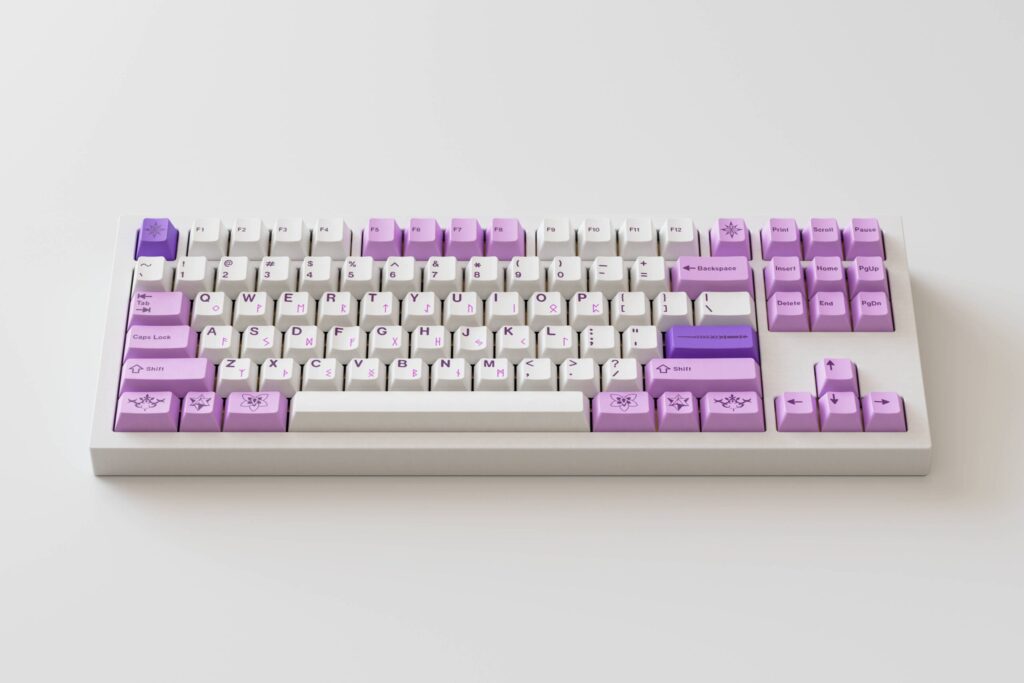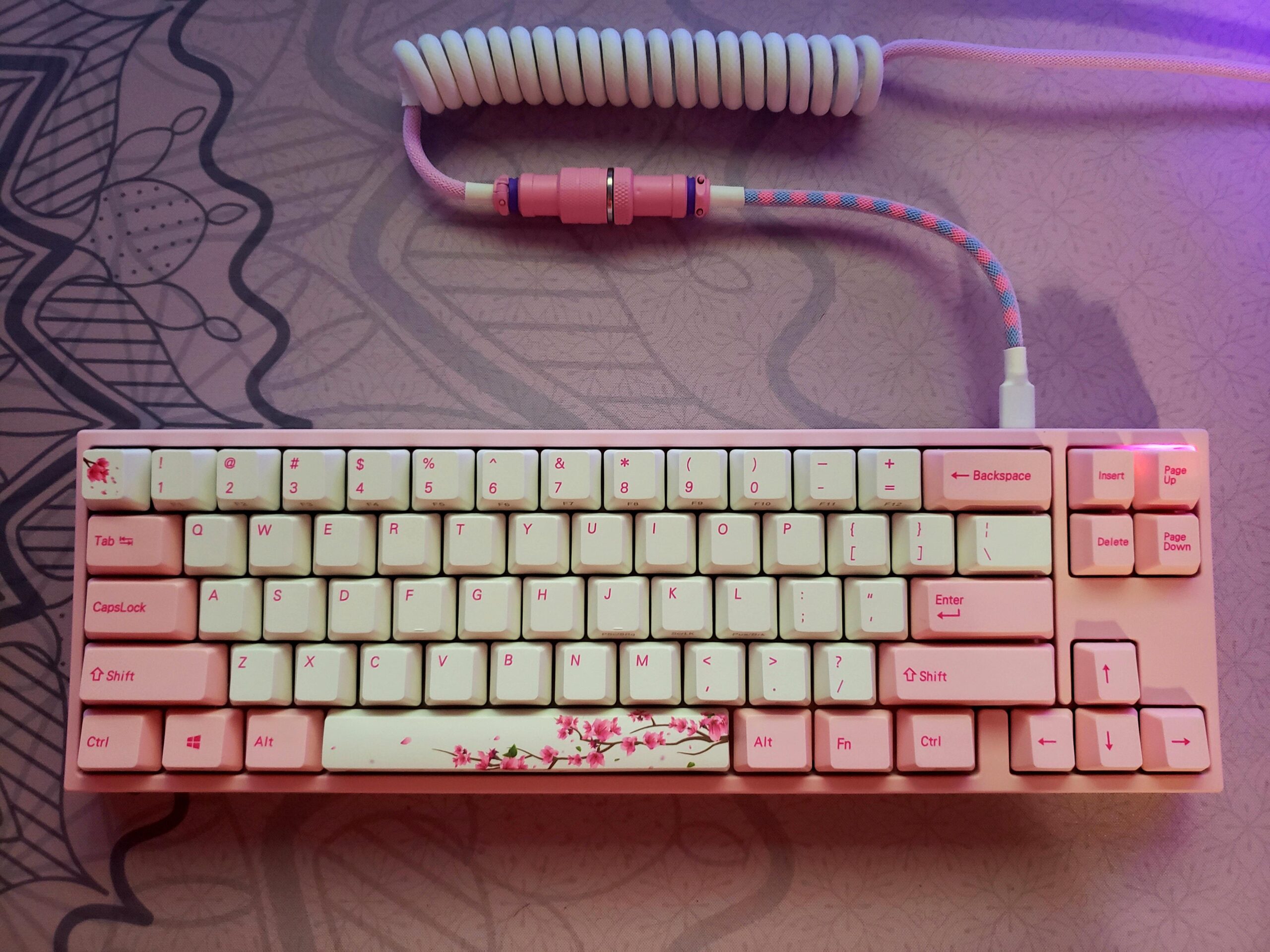If you are a gamer, a programmer, or a typist, then you must know the importance of having a good mechanical keyboard. A well-maintained mechanical keyboard can last for years and provide a smooth and satisfying typing experience. In this article, we will discuss the various ways to maintain your mechanical keyboard and keep it in top condition.
Introduction
Mechanical keyboards are highly durable and offer a better tactile feedback compared to traditional rubber dome keyboards. They are known for their precision, speed, and consistency, making them popular among gamers, programmers, and typists. However, like any other electronic device, mechanical keyboards require proper maintenance to keep them functioning at their best.
In this guide, we will walk you through the process of cleaning, lubricating, and repairing your mechanical keyboard. By following these tips, you can prolong the lifespan of your keyboard and ensure a smooth and satisfying typing experience.
Understanding Mechanical Keyboards
Before we dive into the maintenance tips, let’s first understand how mechanical keyboards work. Unlike membrane or rubber dome keyboards, mechanical keyboards use individual switches for each key. These switches have a spring mechanism that registers the keystroke, providing a tactile feedback.
Mechanical keyboards are available in different switch types, each with its unique characteristics. Some switches are clicky and provide an audible feedback, while others are linear and offer a smooth keystroke. It is essential to choose the right switch type based on your typing preference.
General Maintenance Tips
Before we discuss the cleaning, lubrication, and repair process, let’s first go through some general maintenance tips.
- Avoid eating or drinking near your keyboard as spills can damage the switches and cause malfunction.
- Keep your keyboard away from direct sunlight and moisture.
- Use a keyboard cover to protect it from dust and debris.
- Do not use abrasive cleaning agents or cloths as they can scratch the surface of the keys.
- Use a soft-bristled brush to remove dust and debris from the keyboard.
- Do not remove the keycaps frequently as it can cause damage to the switch stem.

Cleaning Your Mechanical Keyboard
Cleaning your mechanical keyboard is essential to maintain its performance and prevent the buildup of dust and debris. Here’s how you can clean your keyboard:
- Turn off your keyboard and unplug it from the computer.
- Remove the keycaps using a keycap puller tool. You can also use a wire keycap puller or a flathead screwdriver.
- Clean the keycaps with a mild cleaning agent and warm water. Do not use hot water or a dishwasher.
- Use a soft-bristled brush to remove dust and debris from the keyboard surface.
- Clean the switches using a compressed air can or a vacuum cleaner. Do not use a liquid cleaner as it can damage the switches.
- Reattach the keycaps and plug in your keyboard.
Lubricating Your Mechanical Keyboard
Lubricating your mechanical keyboard can reduce the friction between the switches and improve their durability. Here’s how you can lubricate your keyboard:
- Purchase a suitable lubricant for your keyboard switches. There are various types of lubricants available, such as silicone grease, synthetic oil, and PTFE powder.
- Turn off your keyboard and unplug it from the computer.
- Remove the key
- caps using a keycap puller tool. You can also use a wire keycap puller or a flathead screwdriver. 4. Apply a small amount of lubricant to the stem of each switch. Be careful not to apply too much as it can cause the switch to malfunction.
- Use a soft-bristled brush to spread the lubricant evenly over the switch.
- Reattach the keycaps and plug in your keyboard.
It is important to note that over-lubricating your switches can cause them to feel mushy and unresponsive. Therefore, it is recommended to use a small amount of lubricant and test the keyboard before adding more.
Repairing Your Mechanical Keyboard
Mechanical keyboards are highly durable, but they can still malfunction due to various reasons. Here are some common problems and their solutions:
- Sticky keys: If a key feels sticky or unresponsive, it may be due to debris or dirt buildup. Remove the keycap and clean the switch using a soft-bristled brush and compressed air can.
- Double-typing: If a key registers twice when pressed once, it may be due to a faulty switch. In this case, you may need to replace the switch or the entire keyboard.
- Non-functional keys: If a key does not register when pressed, it may be due to a broken switch. You can replace the switch using a soldering iron and a replacement switch.
If you are not comfortable with repairing your keyboard, it is recommended to seek professional help or replace the keyboard altogether.

Troubleshooting Common Problems
Here are some common problems that you may encounter while maintaining your mechanical keyboard:
- Keyboard not responding: Make sure that the keyboard is properly plugged in and the USB port is working. If the problem persists, try plugging the keyboard into a different computer or replacing the USB cable.
- LED lights not working: If the LED lights on your keyboard are not working, it may be due to a faulty LED or a loose connection. You may need to replace the LED or seek professional help.
- Keys wobbling: If the keys feel loose or wobbly, it may be due to a broken stabilizer. You can replace the stabilizer using a soldering iron and a replacement stabilizer.
Conclusion
In conclusion, maintaining your mechanical keyboard is essential to ensure its longevity and performance. By following the tips outlined in this guide, you can keep your keyboard in top condition and enjoy a smooth and satisfying typing experience.
Remember to clean your keyboard regularly, lubricate the switches sparingly, and seek professional help or replace the keyboard if you encounter any problems.
FAQs
- How often should I clean my mechanical keyboard? It is recommended to clean your keyboard at least once every few months or whenever you notice a buildup of dust and debris.
- Can I use soap or detergent to clean my keyboard? No, it is not recommended to use soap or detergent as they can damage the switches and cause malfunction.
- Can I replace the keycaps on my mechanical keyboard? Yes, you can replace the keycaps with compatible ones that fit your keyboard.
- What should I do if my keyboard is still not working after cleaning and repairing it? If your keyboard is still not working, you may need to replace the keyboard or seek professional help.
- How can I choose the right switch type for my mechanical keyboard? You can try out different switch types to see which one feels the most comfortable and suits your typing style.

